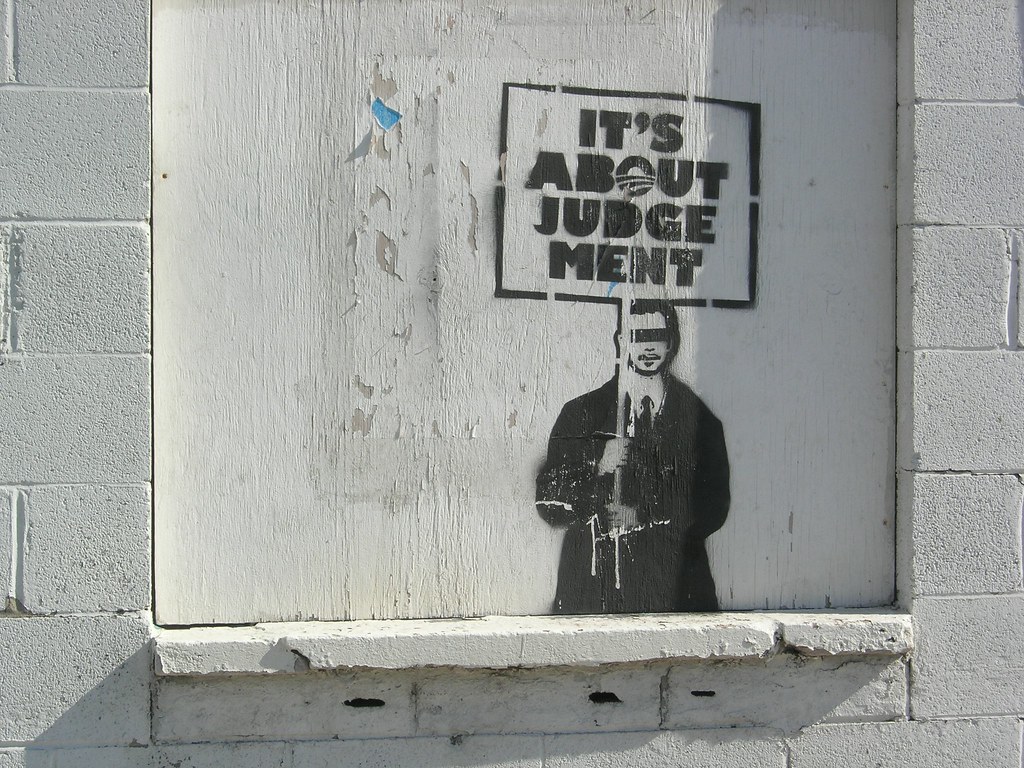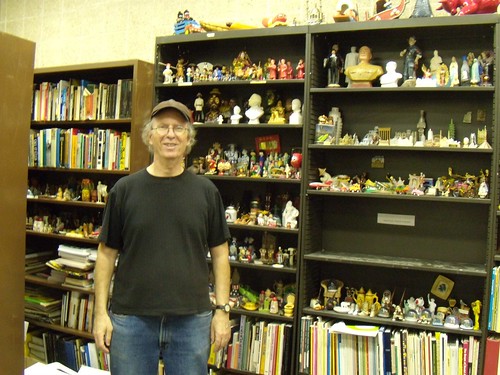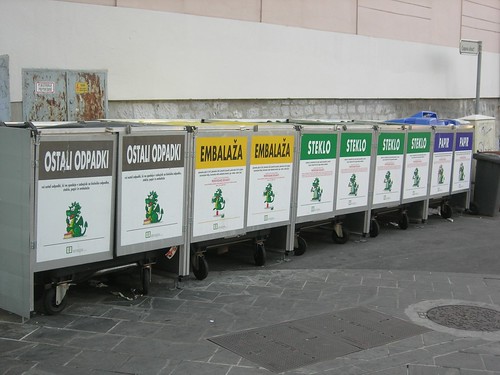Wednesday, 4:16pm
19 August 2009
Power vacuum, part one
Victor Margolin on design and sustainability

Victor Margolin, Professor Emeritus of Design History at the University of Illinois at Chicago, a lucid thinker and vivid critic, shared some critical thoughts with Ksenija Berk last winter, in this two-part interview.
(Part two here.) His overview of basic ideas in design thinking brought to light some thoughts that could foster positive change in society – and in design itself, which all too often forgets its chief goal: the wellbeing of all mankind.
Top: Chicago. ‘Design councils tend to focus on the economy, but we should be using designers to look at issues of health, safety, education, and other social topics.’ Photograph: Victor Margolin.
‘Unfortunately, as a global society we haven't really learned to live together in a sustainable way,’ he said. ‘The way we live is very unsustainable, and it is my belief that if we continue this way we shall literally destroy ourselves. We see evidence of that now in the increased number of tornados and storms. At least once a day in some part of the world some city is experiencing weather that they haven't before. As a culture, I think, we are on the way to a destructive end unless we begin thinking about a culture of sustainability. We have to think beyond just making products, which means we have to transform the entire way we live.’
Ksenija Berk: Every adjustment requires a certain amount of time and energy so the things can happen. What kind of steps do you propose to invoke change, without being afraid it will all just slip through our fingers?
Victor Margolin: First of all we have to change our relation to energy, to use less of it and use it more efficiently. We need to develop new social practices and customs related to recycling, reducing our carbon footprint and conserving energy. Once we begin to talk about social rituals to accommodate new environmental practices, then we have to create social institutions that reinforce those rituals. For example, in terms of recycling, we need large systems, not just a place to put a tin can. I’m talking about big systems that ensure that old products really become converted into new ones. Our aim should be to reduce every kind of waste that we can.
KB: There are several definitions of sustainability, which one do you refer to?
VM: I take my definition of sustainability from the Brundtland Report of 1987 (Our Common Future), where the commissioners stated that sustainability has two aspects. One is environmental and the other is social. If people are living in poverty, this is really unsustainable.
In its larger meaning, sustainability means the possibility for everyone on the planet to have their basic rights and basic needs and the proper conditions for their own development.’
KB: Sustainable development has become a buzzword in almost any political, economic or social agenda. If we focus on the field of the design, I don’t think there is any commission, conference, call-for-papers, public debate or a blog left that doesn’t at least mention the topic. Powerful words, but where are the applications and executions of these ideas?
VM: This question relates to my belief that the way we understand design, what it actually is and what designers do, has to change in a very big way. Historically, we started with a product, with aesthetics and styling; now, at least we have moved to user-centred products but we still the focus on the product. I believe, as Ralph Caplan said many years ago, what is much more important is the situation and the larger environment in which the product functions. That doesn’t mean designers have to design every aspect of that environment. The aim of design, at least for me and for some of my colleagues, is human wellbeing. And if we say that, it means that the designer has to consider more than just a simple object.
The object is part of a much larger experience or situation, i.e. it is one thing to make a table from recycled material but the table sits in a much larger system of the circulation of materials, which involves lots of other people. Designers need to use the skills they have to articulate what these bigger situations and environments are, and to show how they need to be addressed with design thinking. This means we need a significant change in the way we educate designers. Many students come into the field of design because they want to make ‘cool’ objects, which is becoming more and more ridiculous.
We now have a huge project to change the understanding of design and to accommodate a new horizon for design, not only within the schools but also with the journalists, the public, enterprises and governments. Governments still tend to think of design in terms of innovation and economic advantage. Different design councils tend to focus on the economy but government agencies should be using designers to look at issues of health, safety, education, and other social topics. They should really begin to employ design thinking everywhere …
THE INTERVIEW CONCLUDES WITH PART TWO TOMORROW.
Below: Ljubljana. ‘We need big systems that ensure that old products really are converted into new ones.’ Photograph: Victor Margolin.


